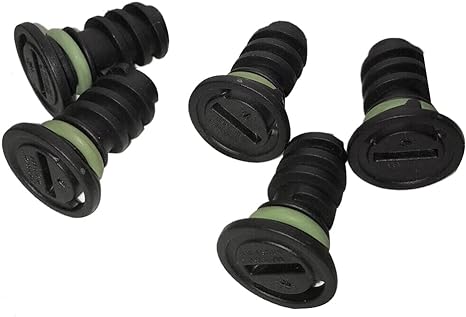centrifugal pump seal
Understanding Centrifugal Pump Seals
Centrifugal pumps are widely used in various industries for transporting fluids due to their efficiency and reliability. However, one critical aspect of their operation is the pump seal, which plays a vital role in maintaining the performance and longevity of the pump. In this article, we will explore the significance, types, and maintenance of centrifugal pump seals.
Importance of Pump Seals
The primary function of a pump seal is to prevent the fluid being pumped from leaking out of the pump casing. This leak prevention is crucial for several reasons. First, leaks can lead to significant operational losses, affecting the overall efficiency and productivity of a pumping system. Second, fluid leaks can create hazardous conditions, especially when dealing with corrosive or toxic substances. Finally, excessive leakage can damage other components of the pump and result in costly repairs or replacements.
Types of Pump Seals
Centrifugal pumps typically utilize two main types of seals mechanical seals and packing seals.
1. Mechanical Seals Mechanical seals are designed to prevent leakage and are widely used in modern centrifugal pumps. They consist of two main components a stationary part that is fixed to the pump housing and a rotating part that is attached to the pump shaft. The interface between these two components creates a seal that prevents fluid from escaping. Mechanical seals are preferred due to their effectiveness, low maintenance requirements, and ability to handle high pressures and temperatures.
centrifugal pump seal

2. Packing Seals Packing seals, also known as gland packing, consist of a series of soft, braided materials that are compressed around the shaft to create a seal. While packing seals are cheaper and easier to install than mechanical seals, they often require more frequent maintenance and adjustments to ensure their effectiveness. They are typically used in lower pressure applications and can be more prone to wear and leakage over time.
Maintenance of Pump Seals
Regular maintenance is essential to ensure the optimal performance of centrifugal pump seals. For mechanical seals, it is important to monitor for signs of wear or damage, such as fluid leakage or excessive heat generation. If wear is detected, timely replacement of the seal can prevent further complications.
For packing seals, regular tightening may be necessary to maintain an adequate seal and prevent leaks. Additionally, replacing the packing material periodically will help maintain the efficiency of the pump.
Conclusion
Centrifugal pump seals are indispensable components that warrant attention to ensure the reliability and efficiency of pumping systems. By understanding the different types of seals and adhering to proper maintenance practices, industries can avoid costly leaks and downtime, thereby enhancing operational efficiency. Whether utilizing mechanical seals for their durability or packing seals for their ease of installation, the key to success lies in regular inspections and timely interventions. In doing so, facilities can maximize the lifespan of their equipment while ensuring safe and effective fluid transportation.
-
Simplifying Oil Changes: A Comprehensive Guide to Oil Drain Plugs and Their Variants
News Aug.04,2025
-
Mastering Oil Drain Maintenance: Solutions for Stripped, Worn, and Upgraded Oil Plugs
News Aug.04,2025
-
Fixing Oil Pan Plug Issues: Leaks, Stripped Nuts, and the Right Replacement Solutions
News Aug.04,2025
-
Everything You Need to Know About Oil Drain Plugs: Sizes, Fixes, and Upgrades
News Aug.04,2025
-
Choosing the Right Oil Drain Plug: A Guide to Sizes, Materials, and Drain Innovations
News Aug.04,2025
-
A Complete Guide to Automotive Drain Plugs: Types, Problems, and Innovative Solutions
News Aug.04,2025
-
The Ultimate Guide to Car Repair Kits: Tools and Essentials Every Driver Should Own
News Aug.01,2025
Products categories















